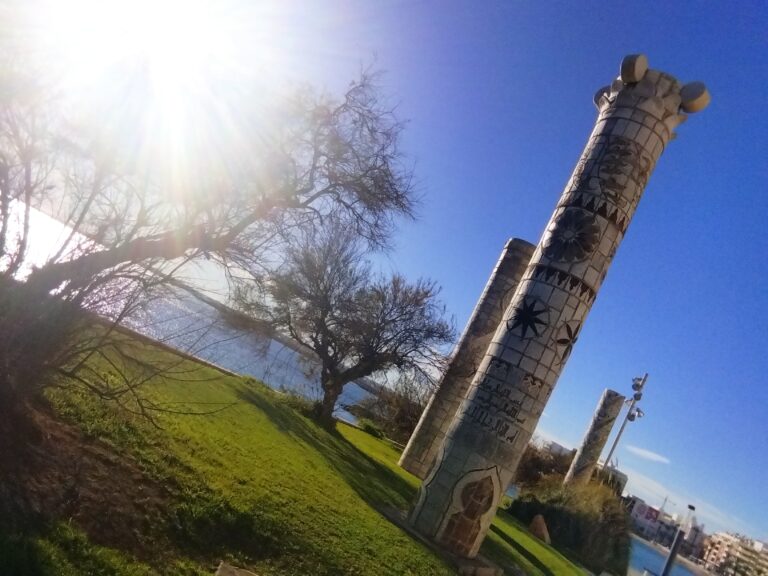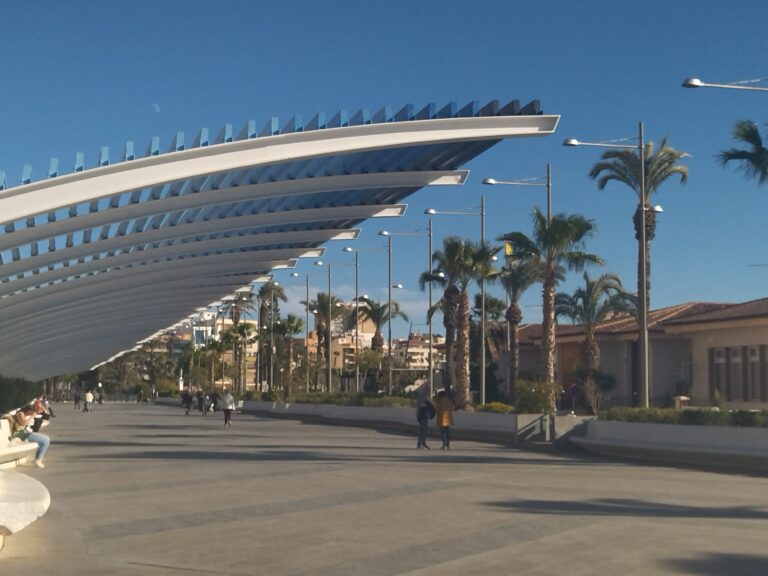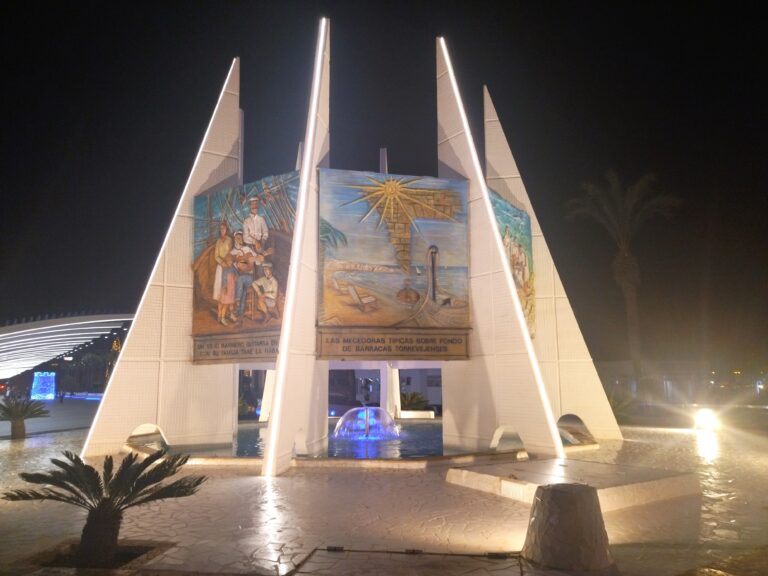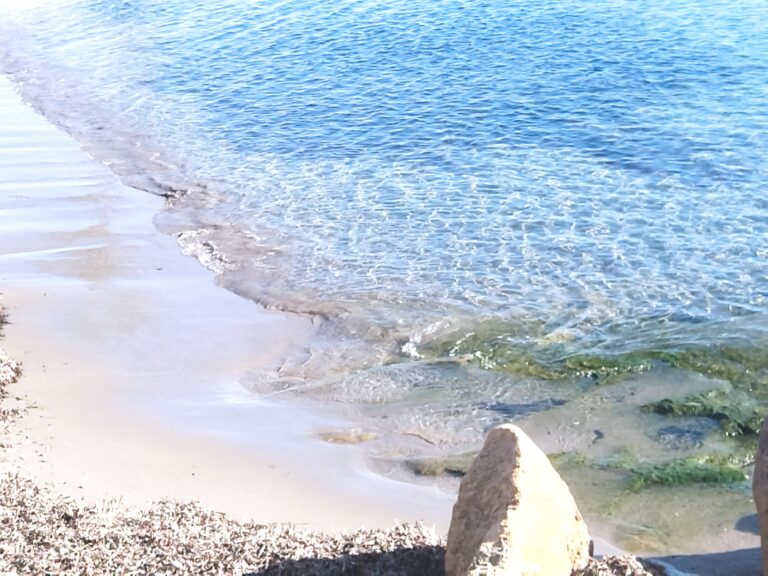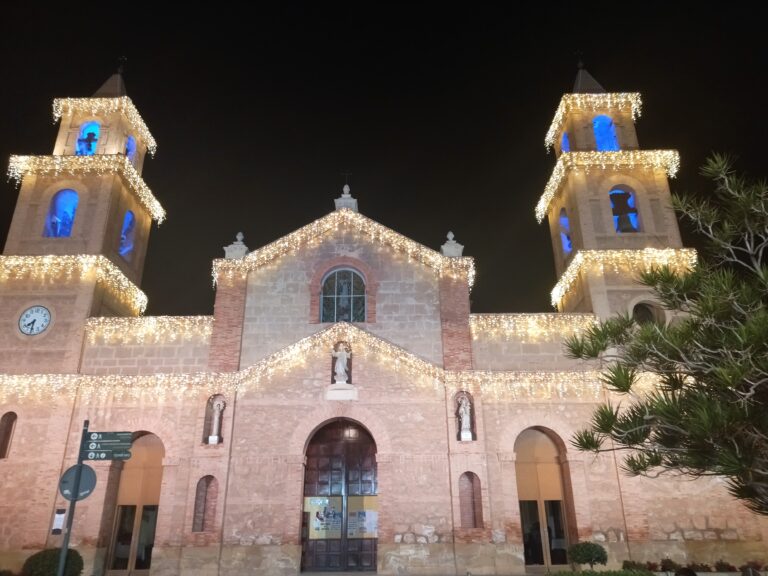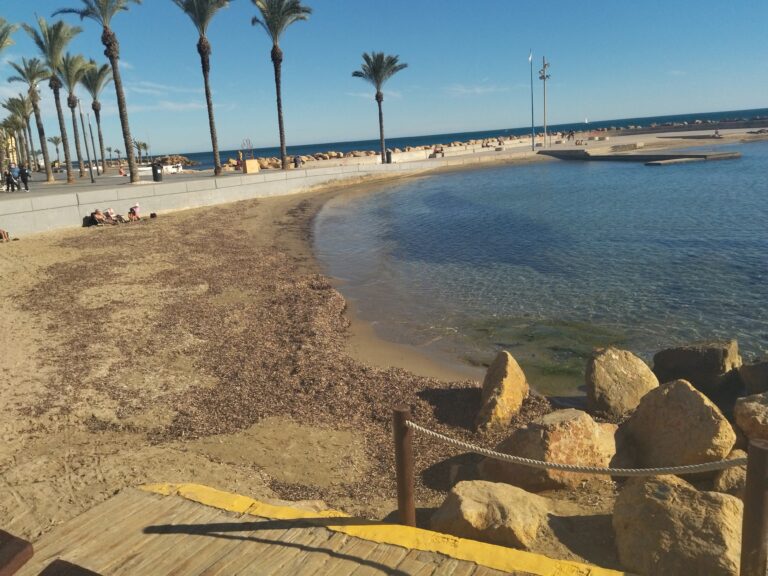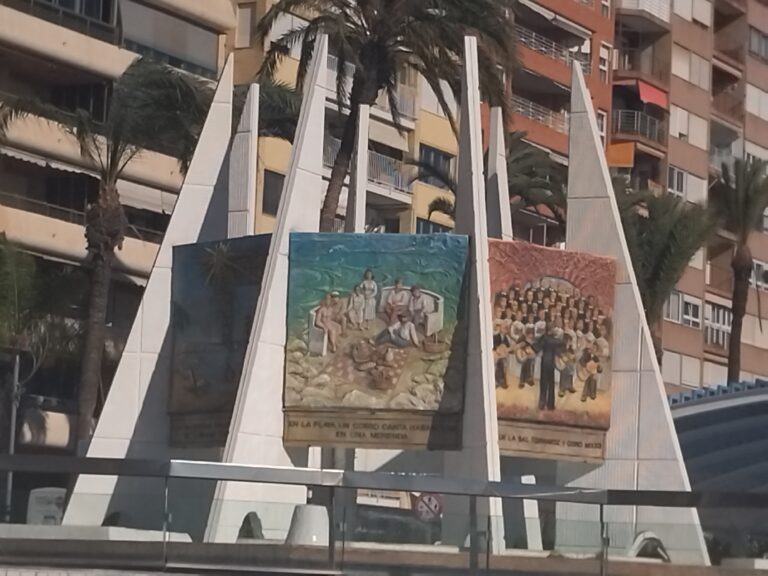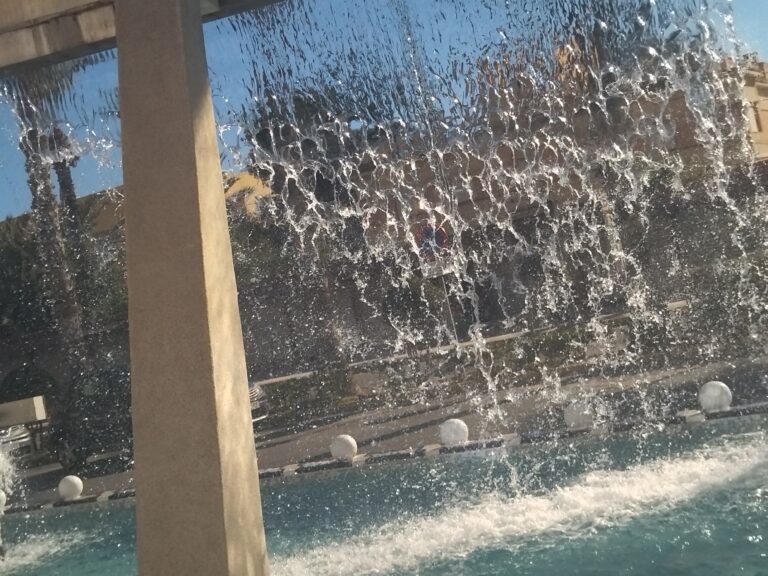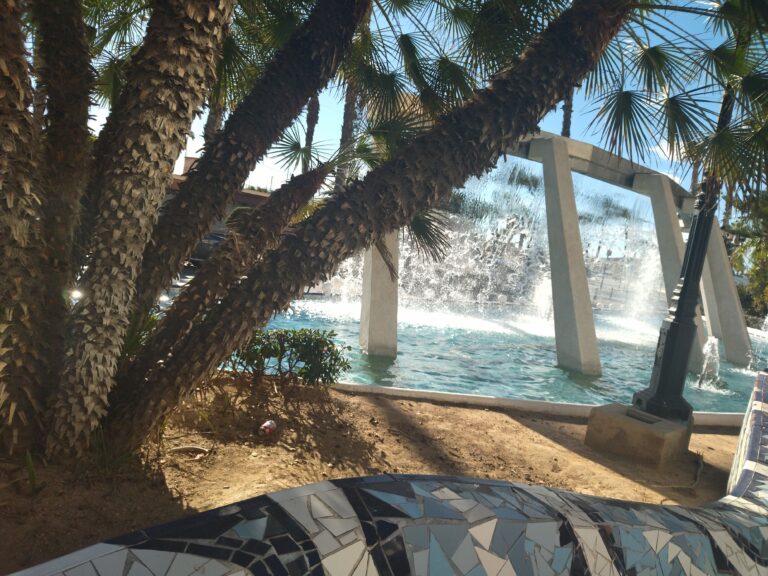Torrevieja Area
Torrevieja
Torrevieja is one of the Alicante cities with the highest growth in the last 30 years, in terms of the Spanish population registered in the municipality, the majority were born in the provinces of Alicante, Madrid, Murcia, Vizcaya and Asturias. Among foreigners, the most numerous are the British, since the figure rises to about 13,226 inhabitants of the population (data according to the municipal register), followed by Germans, Swedish, Russians, Colombians, Ukrainians, Moroccans and Norwegians. We can say that Torrevieja is a cosmopolitan city where all nationalities are welcome.
And that can be seen in the streets, which have a wide range of variety both in their stores and in their gastronomy.
Taking a walk through Torrevieja we can listen to a wide variety of languages, such as English, Russian, Dutch and of course Spanish.
It is worth mentioning that the number of inhabitants increases considerably in summer, reaching a total of almost 500,000, that is almost five times the registered population. Along with Denia and Benidorm, Torrevieja is one of the fastest growing cities in Alicante at this time of year.
Torrevieja Winters
The warm climate in winter is a great attraction to attract visitors from colder places, who flee from the low temperatures and want to enjoy a little sun.
Torrevieja Healthy Microclimate
The quality of life is very good, with a microclimate generated by the salt flats and the Mediterranean Sea, it is a place that attracts tourists and new residents during the last decades.
Torrevieja has been known since ancient times for its salt lakes.
In the middle of the 19th century, the extraction of salt was carried out mainly through Swedish and Dutch ships.
The national market for this product was mainly Galician and, to a lesser extent, Valencian. The importance of the foreign market
This product has been maintained during the 20th century: a quarter of the salt produced is consumed in Spain and the rest is exported, its salt flats being the most important in Europe.
Torrevieja Best Beaches
La Mata Beach
La Mata Beach: 10 minutes by car from the city center, it is the longest beach in Torrevieja.
It has all the services we may need.
Los Locos Beach
Los Locos Beach: located north of the city, after crossing Punta Carral, it has all kinds of services.
It is a type of beach with fine sand and a promenade. Easily accessible and adapted for people with disabilities.
with surveillance by the Red Cross (only in summer) and flag signaling the state of the sea.
El Cura Beach
El Cura Beach: located in the center of the city. The beach has footbaths, a security service and a tourist information post.
In addition, it is accessible to people with disabilities. And being surrounded by beach bars to be able to have a drink and refresh ourselves.
In the center of the city, we have the «Natural Swimming Pools»: on Paseo Juan Aparicio, between Playa del Cura and Dique de Levante, there are small beaches and natural pools.
Surrounded by the promenade and rocks.
Acequión Beach
Acequión Beach: located near the sports marina, the beach has footbaths, security service (in summer).
In addition, it is accessible to people with disabilities. And be surrounded by cafes and restaurants. So we will take advantage of our day at the beach with a meal next to the beach without moving.
Los Náufragos Beach
Los Náufragos Beach: separated from Acequión Beach by the salt dock (which transports salt from the salt flats to supply the boats that buy it, It has recreational areas such as a playground, beach volleyball nets or pedal boat rentals. The beach is guarded by the Red Cross. It has a promenade, Rental of sun loungers and parasols.
Its beaches are always well cared for and with its quality blue flag
We can also enjoy numerous coves, all of them with their charm.
Cala Cabo Cervera
Cala Cabo Cervera: small piece of sand located on the cape of the same name. It has a length of 50 metres, access for people with disabilities and a small promenade.
Cala del Mojón
Cala del Mojón: wide cove with fine sand and rocky ends.
Cala de la Zorra
Cala de la Zorra: discreet and quiet semi-urban cove with clean and crystalline waters. It has a length of 50 metres of sand and rocks.
At the beginning of the 20th century, a fox was found among the ravines of this beach, since then it has been known by that name.
Cala de la Higuera
Cala de la Higuera: similar in characteristics to Cala de la Zorra, it has a composition of gravel and rock. It does not have access for people with disabilities.
Cala Palangre
Cala Palangre: located on the curve of the same name, Cala Palangre is a small stretch of sand surrounded by rocks, being the continuation of Playa de Los Locos.
Cala Ferrís
Cala Ferrís: Beach of fine sand, dunes and a landscape of palm trees. It has rocky areas that are used for fishing. The beach is 200 metres long.
In addition, it is one of the few isolated beaches in the city, without adjoining buildings. And being next to a nature reserve.
A few steps from this cove we have the dogs beach, it is a sandy cove where you can go with your pet and take a bath or sunbathe.
Cala Piteras or Rocío del Mar
Cala Piteras or Rocío del Mar: semi-urban cove located on the edge of the Orihuela Costa term.




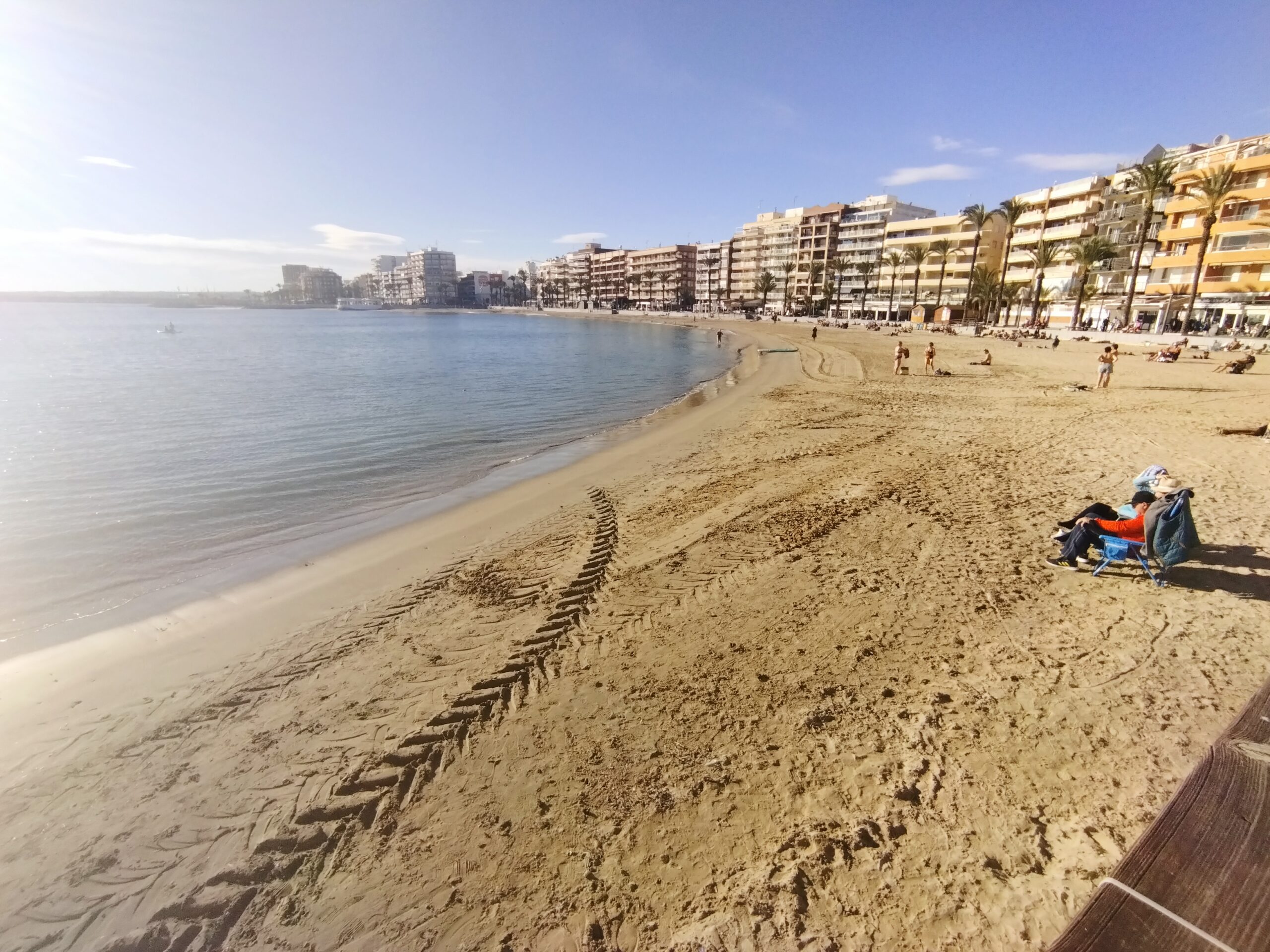

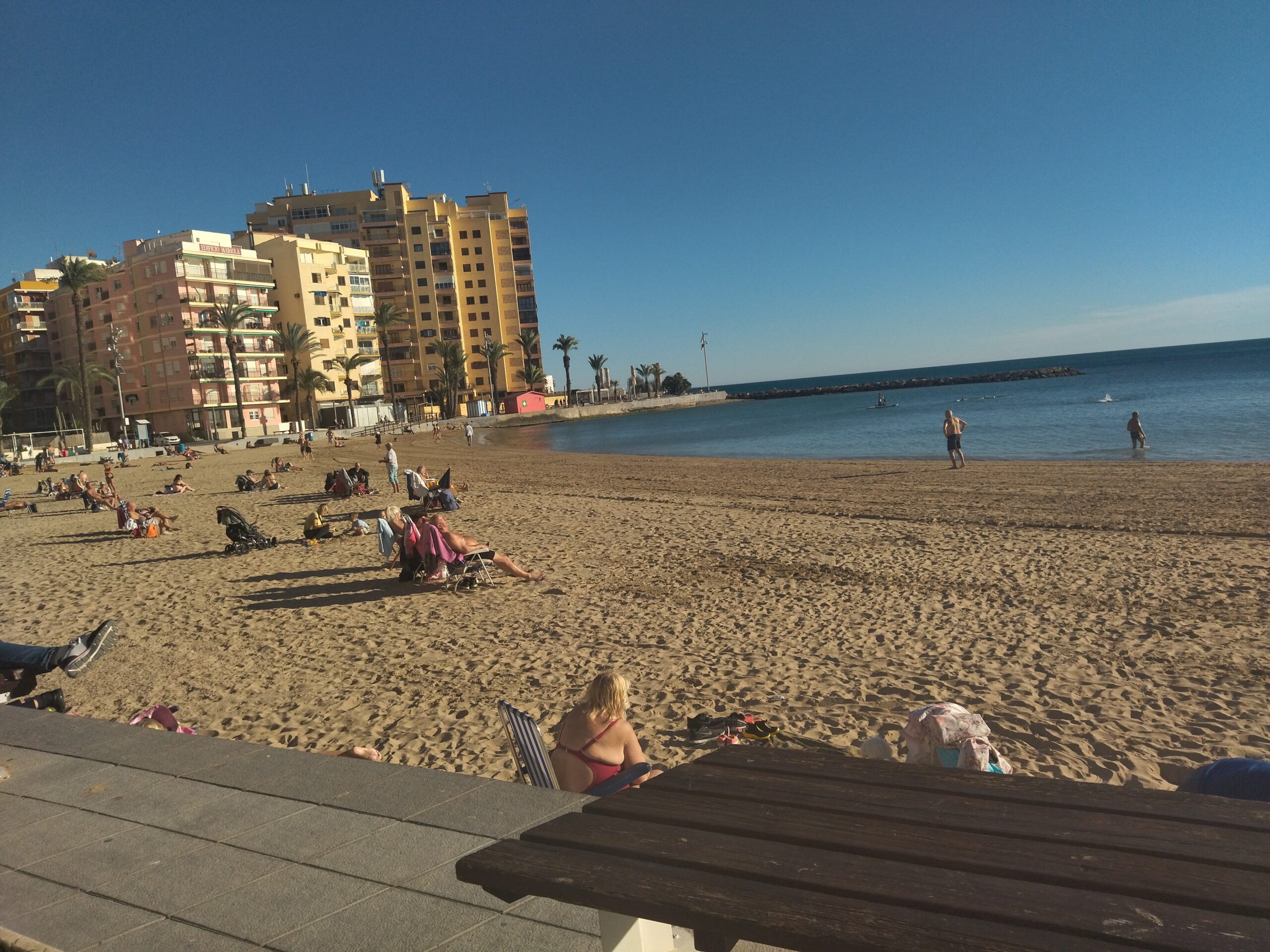
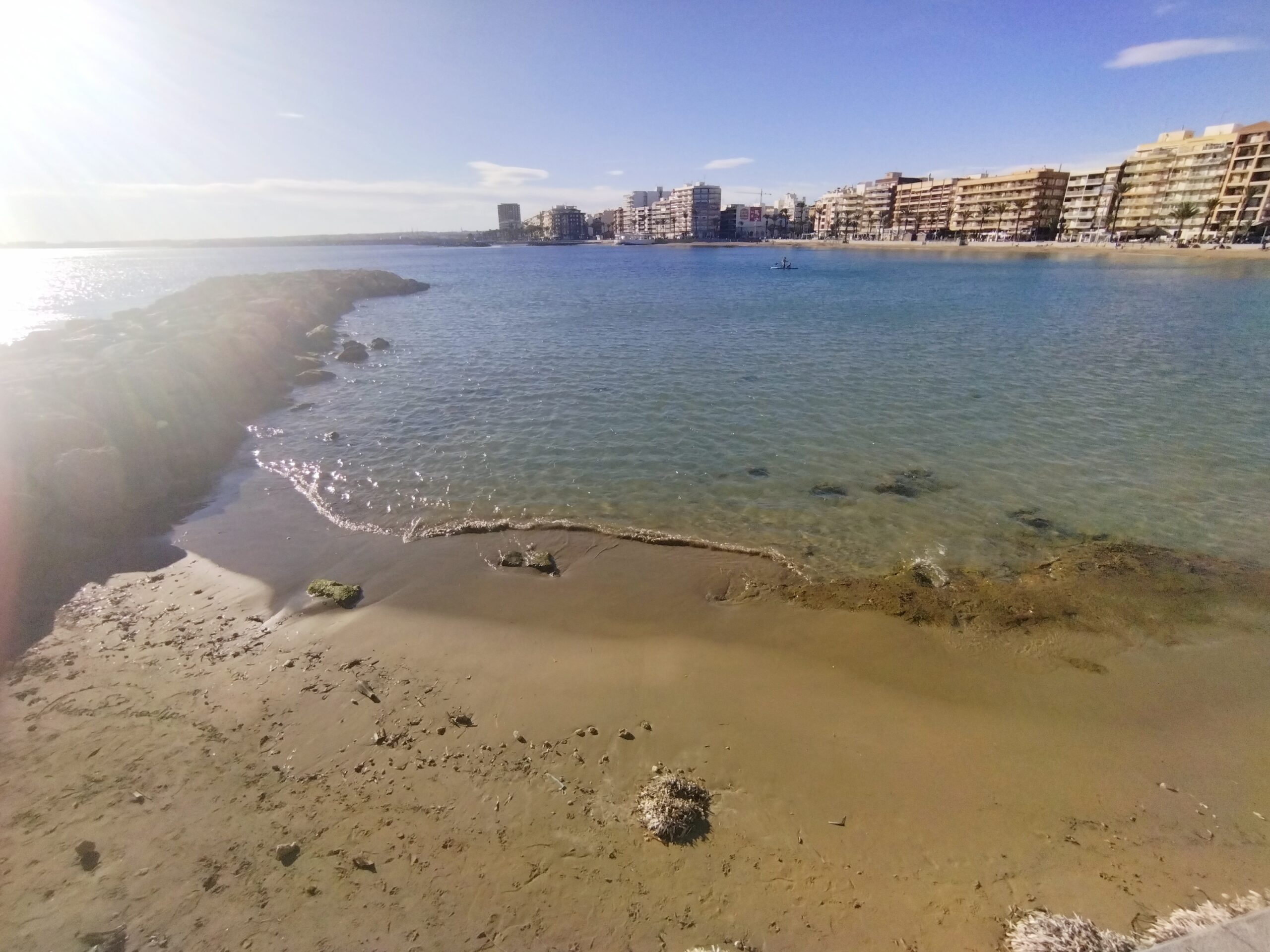


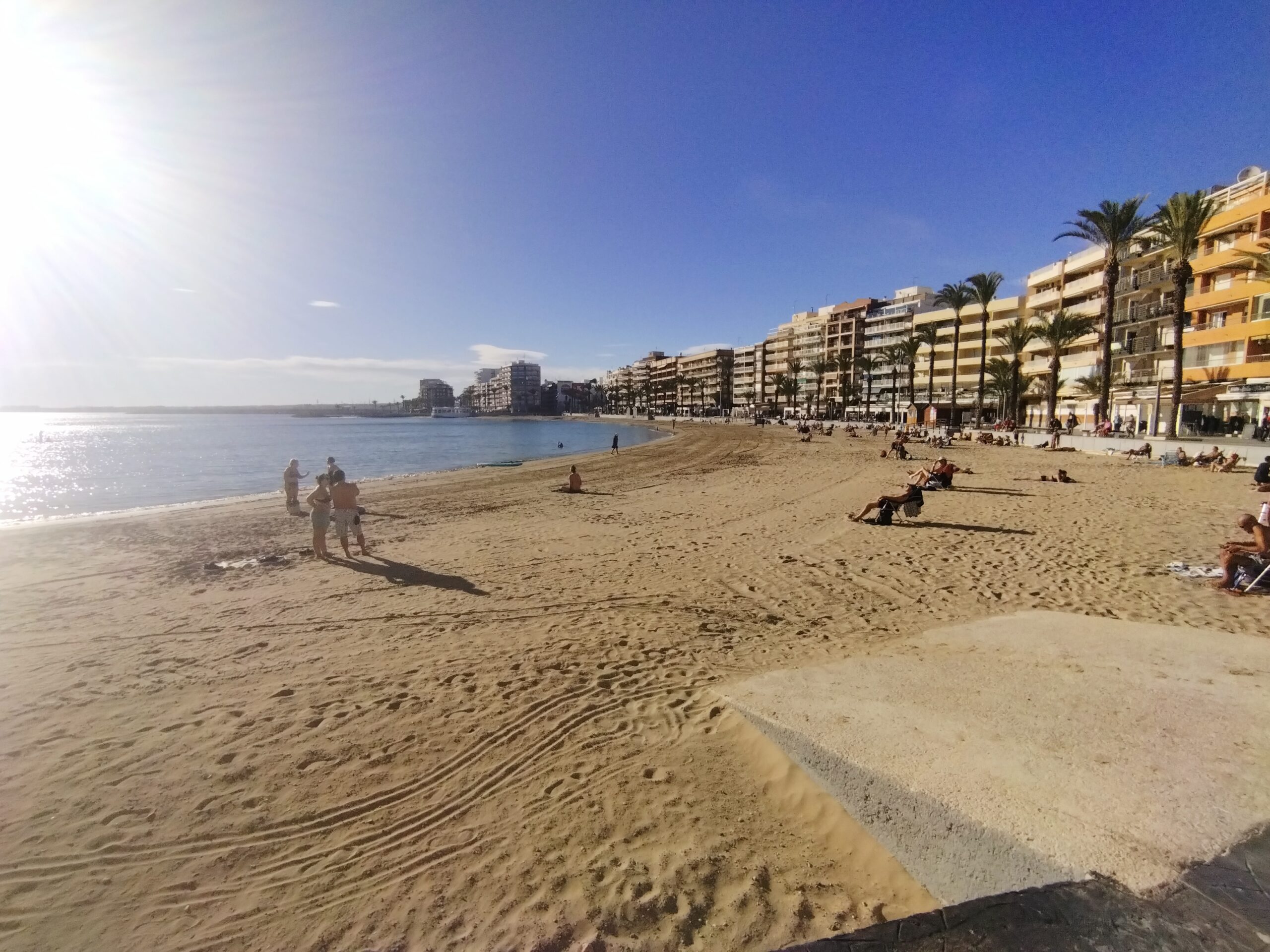
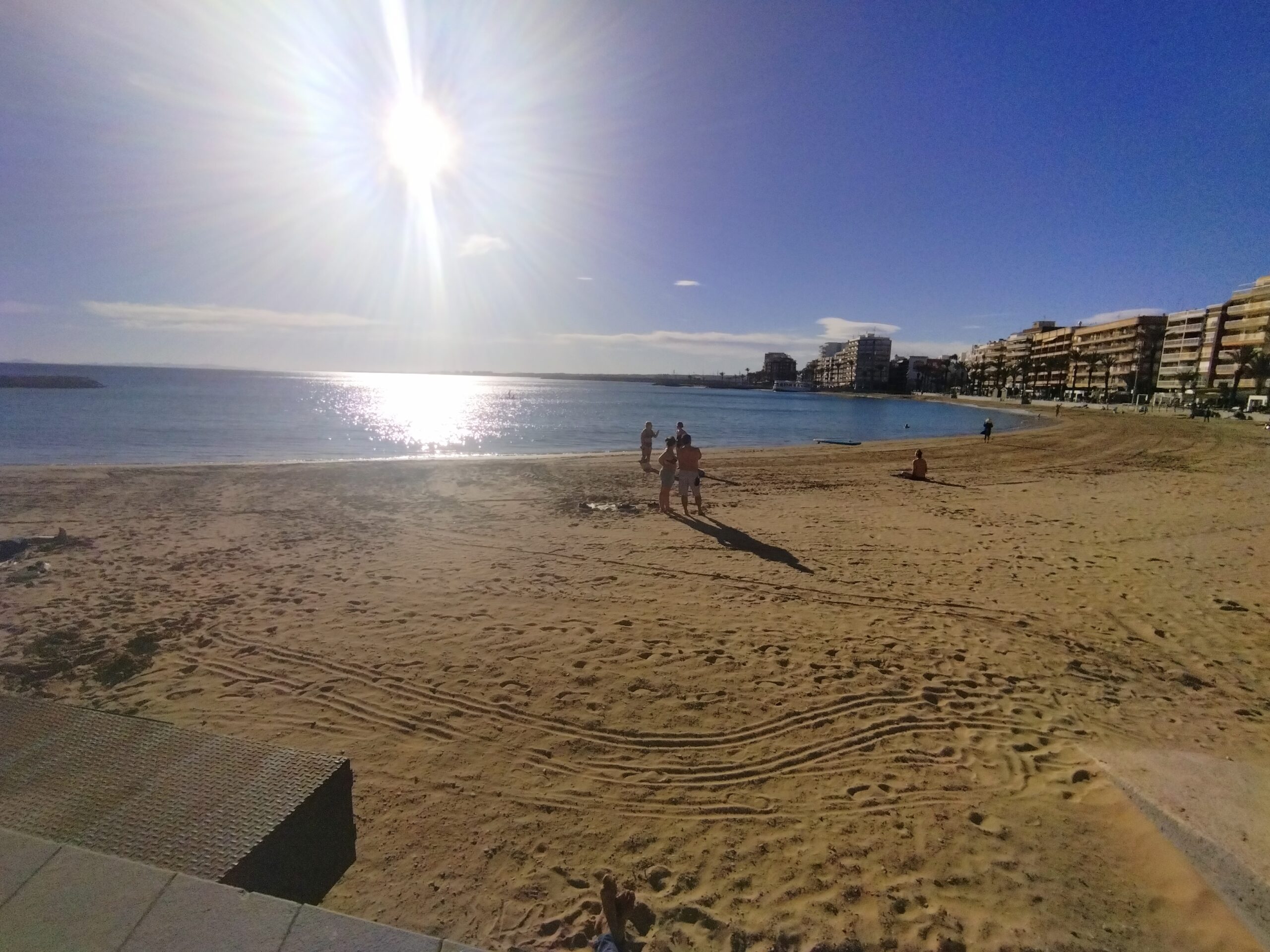



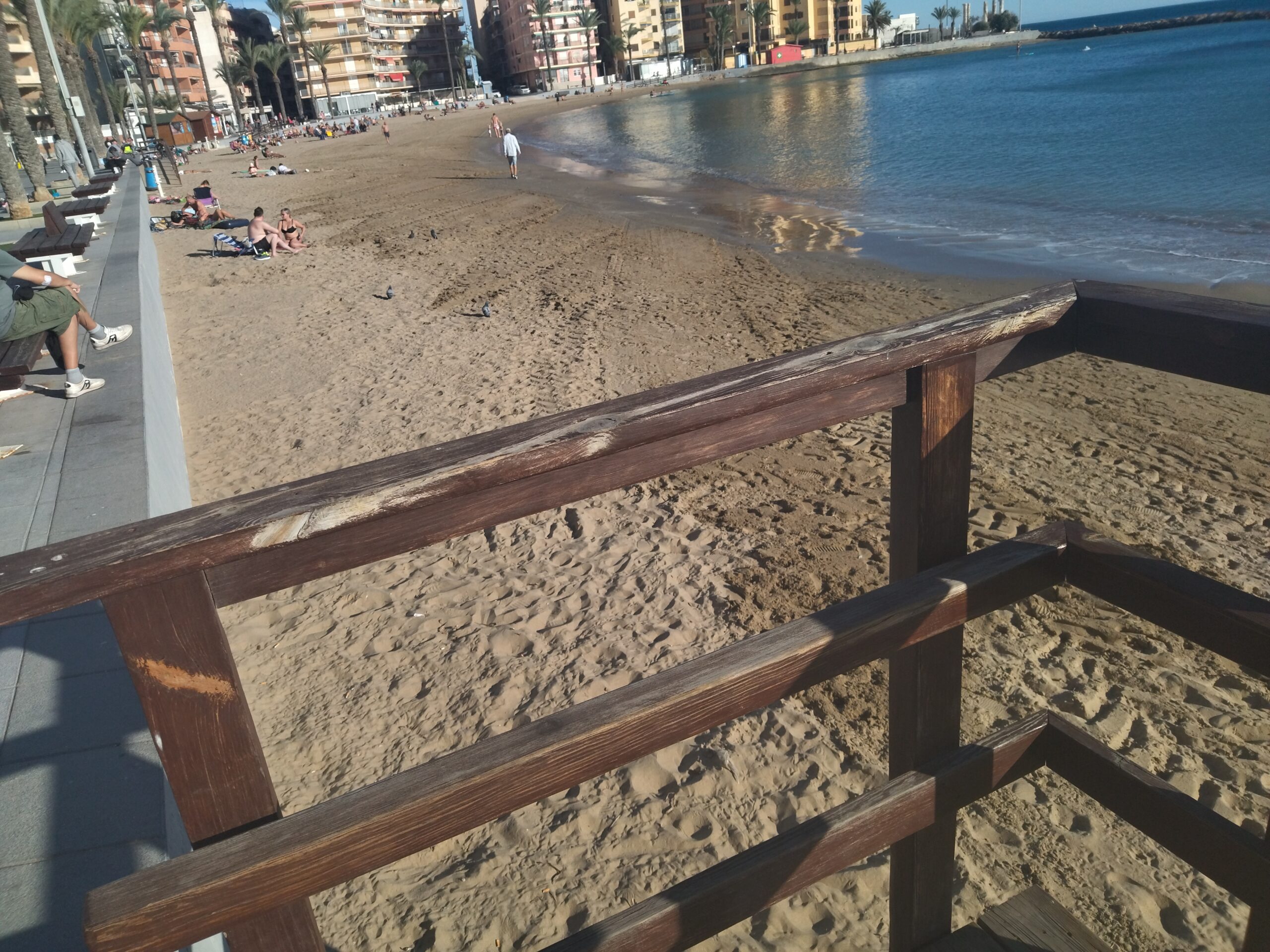
Torrevieja is one of the biggest cities of the area with many urbanizations
Some of the most popular areas are:
Los Altos
Los Balcones
La Siesta
La Torreta
Aguas Nuevas
La Mata
